With Emphasis on Artificial Intelligence Applications
- Hadi Sadoghi Yazdi : PhD in Electronics, Expert Consultant in Machine Vision/Learning and Data Systems
- Affilation and institute:
- Professor of Electrical and Computer Engineering, Ferdowsi University of Mashhad
- Director of Pattern Recognition Laboratory
- Member of SCIIP - Center of Excellence on Soft Computing and Intelligent Information Processing
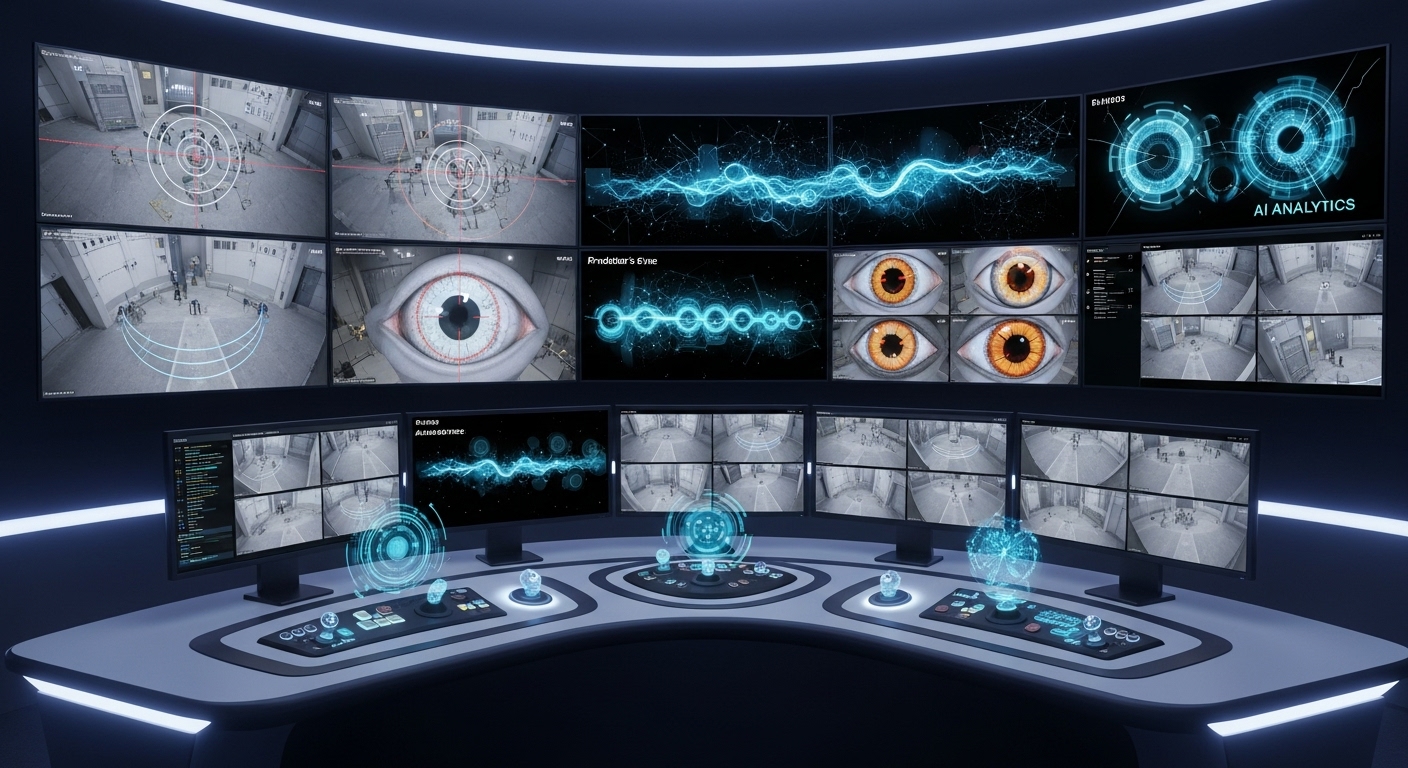
Identification of Behavior in Prison with AI
Table of Contents
- Introduction
- Methodology
- Challenges and Mitigations
- Expected Outcomes
- Additional Service Offerings
- References
- Contact Me
Introduction
Objectives
- Develop AI-powered system for real-time anomaly detection in prison CCTV feeds.
- Reduce response times to threats (e.g., fights, self-harm).
- Ensure ethical compliance (privacy, bias mitigation).
- Achieve 90%+ accuracy in detecting crowd-based anomalies.
AI-based real-time anomaly detection in prison CCTV
Existing Implementations in Various Countries
- China: AI surveillance with facial recognition for threat detection (prison breaks impossible).

Stephen Chenin Beijing, 1 Apr 2019
- UK: Avigilon (software for contraband and behavior monitoring). Avigilon’s self-learning AI continuously improves detection accuracy by adapting to environments, reducing false alarms and enhancing security threat identification.
- Singapore: AI-based CCTV for fights and headcount checks.
- India: Facial recognition in Tihar jail for anomaly detection.
Singapore: AI-based CCTV for fights and headcount checks. New technology on trial at Changi Prison can detect cell fights through video analytics.
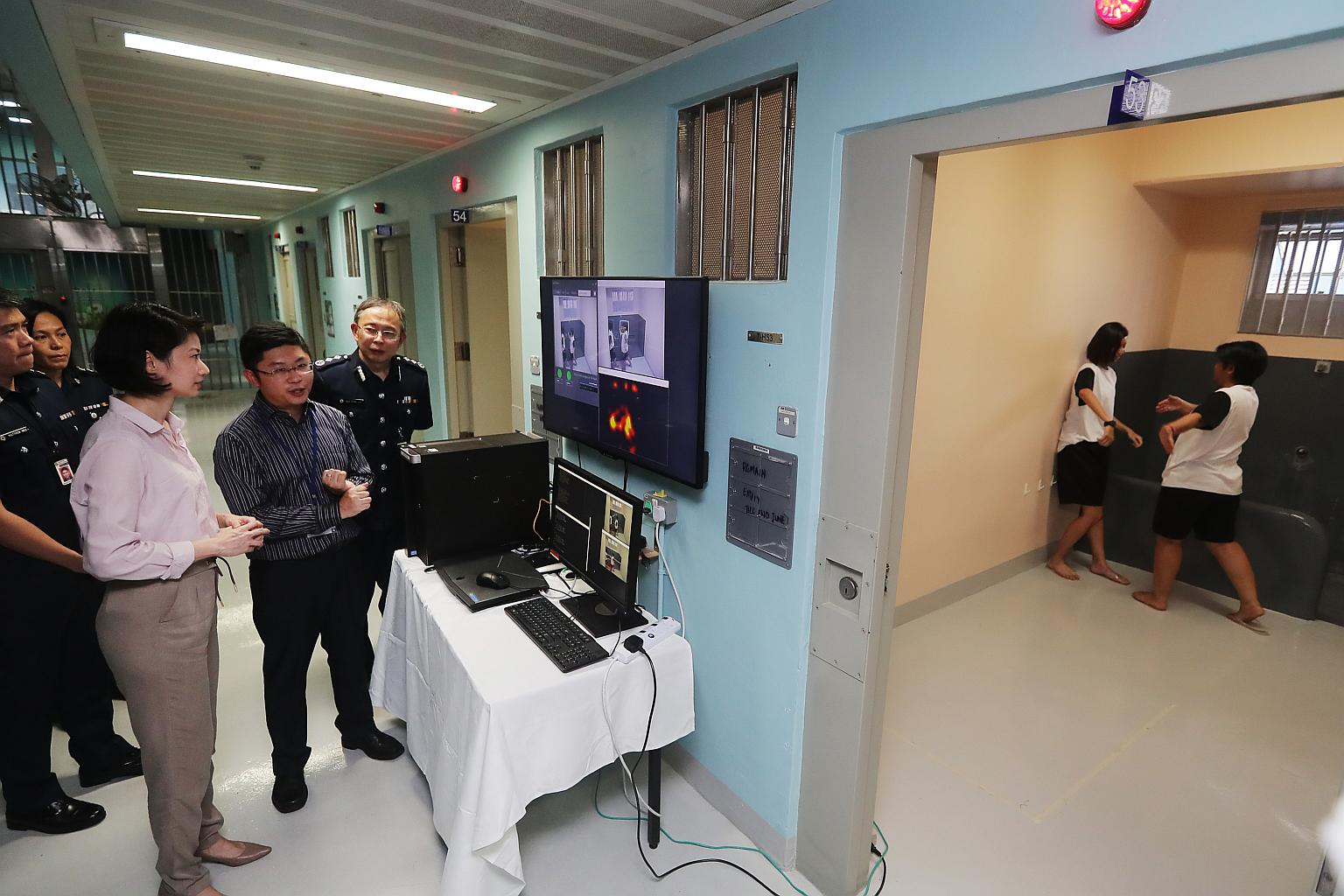
Fights and headcount checks
India: Tihar Jail, one of the largest prison complexes in India, has been implementing a facial recognition, anomaly system and enhance security.

Tihar installs 1,248 CCTVs with facial recognition
Methodology
Data Collection
- Gather anonymized CCTV footage (ethical approvals).
- Label data for normal vs. anomalous behaviors (e.g., fights, gatherings).
- Example: Deep Learning for Video Anomaly Detection: A Review
Illustrations of frame-level (Top) and pixel-level (Bottom) output
Model Development
- Frame Analysis
- Use CNNs for video frame analysis, RNNs for temporal tracking.
- Frame Encoding
- EfficientNet-B7 (pretrained on Kinetics-700) for high-resolution feature extraction.
- 3D Convolutional Blocks (I3D) for short-term spatiotemporal features (5-frame snippets).
- Temporal Context
- Bidirectional Quasi-Recurrent Neural Networks (QRNNs): Lightweight alternative to LSTMs/GRUs. Processes sequences with parallel convolution + recurrent pooling (reducing latency 40% vs. GRU).
- Attention Mechanisms: Self-attention layers to weight critical frames (e.g., sudden motion/occlusion).
- Implement anomaly detection
- use YOLO v7, Autoencoders
- use Adaptive frame skipping based on optical flow magnitude.
- Edge Computing Deployment
- Hardware: NVIDIA Jetson AGX Orin (48 TOPS) / Google Coral TPU.
- Model Distillation: Teacher (EfficientNet-B7 + QRNN) → Student (MobileNetV3 + QRNN).

Deep Neural Network
Deployment
- Deploy on CCTV with AI accelerators (e.g., NVIDIA Jetson).
- Pilot testing in controlled prison settings.
- Conduct ethical audits (GDPR (General Data Protection Regulation)-like policies, bias checks).
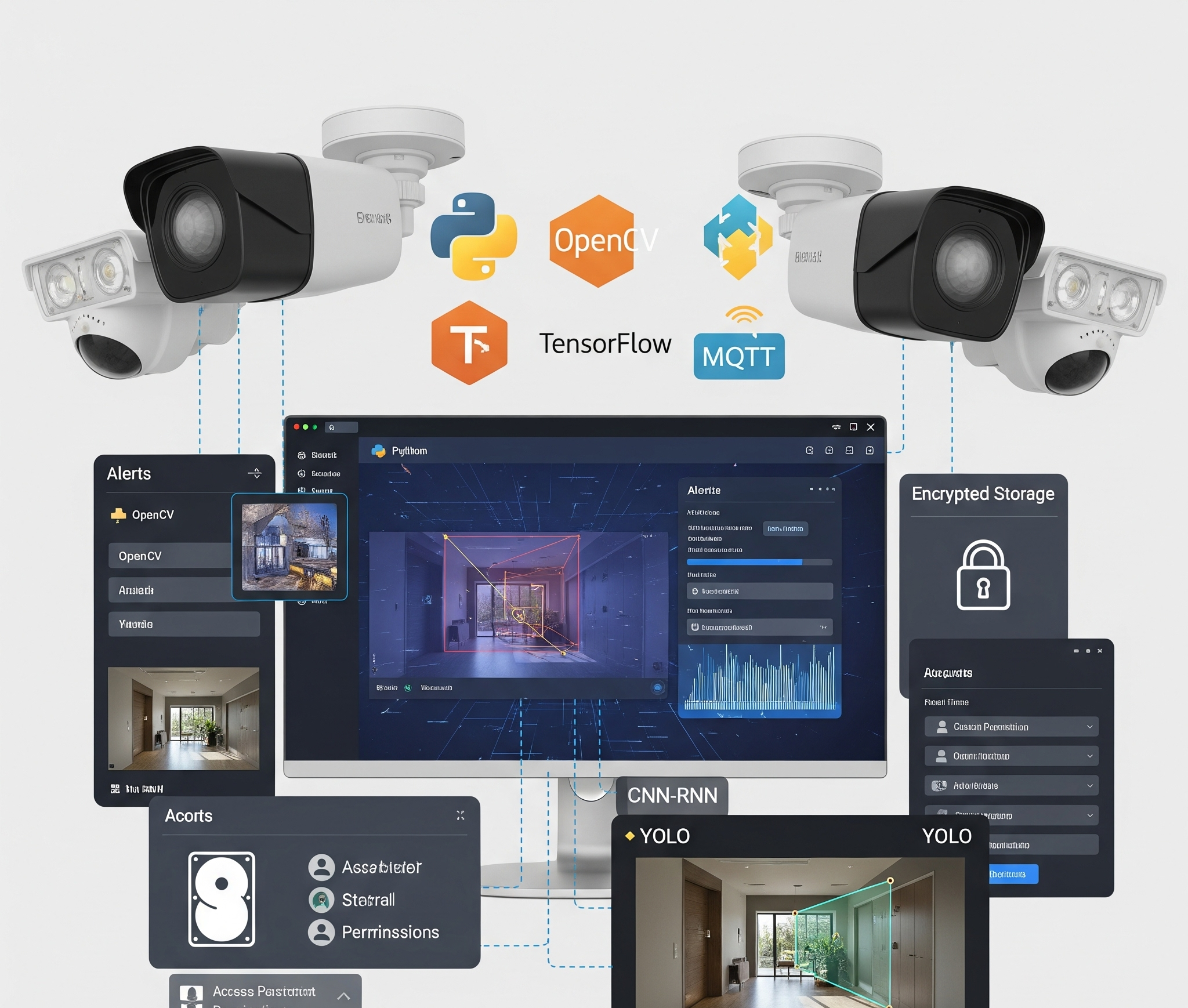
Deployment of AI-enabled CCTV system on-site with automotive-grade accelerators for real-time monitoring.
Technology Stack
| Component | Description |
|---|---|
| Hardware | High-res CCTV with IR, motion sensors |
| Software | Python (OpenCV, TensorFlow), MQTT alerts |
| AI Models | CNN-RNN, YOLO, GANs for synthetic data |
| Security | Encrypted storage, access controls |
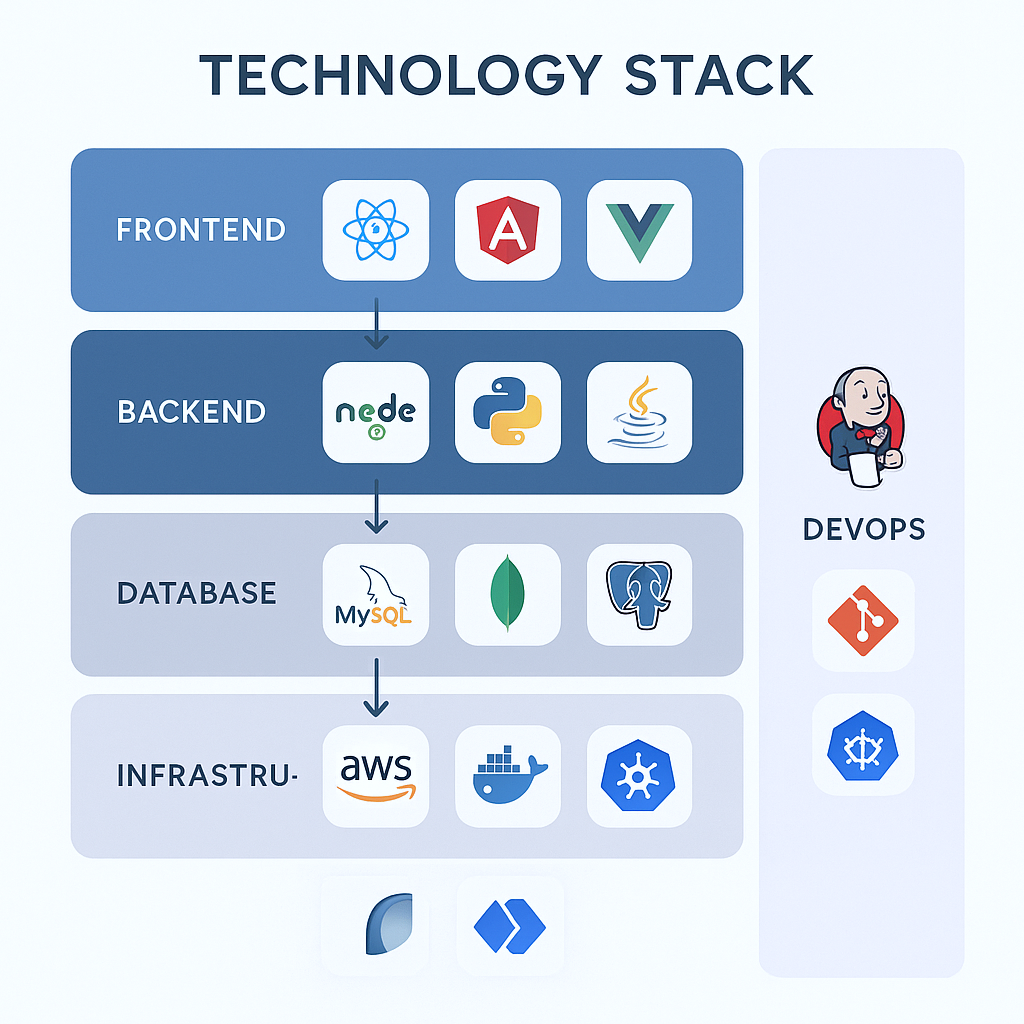
Technology Stack Visualization
Challenges and Mitigations
- Privacy Concerns: GDPR-like policies, data anonymization.
- AI Bias: Diverse training data, fairness algorithms.
- False Positives: Fine-tune models with prison-specific data.
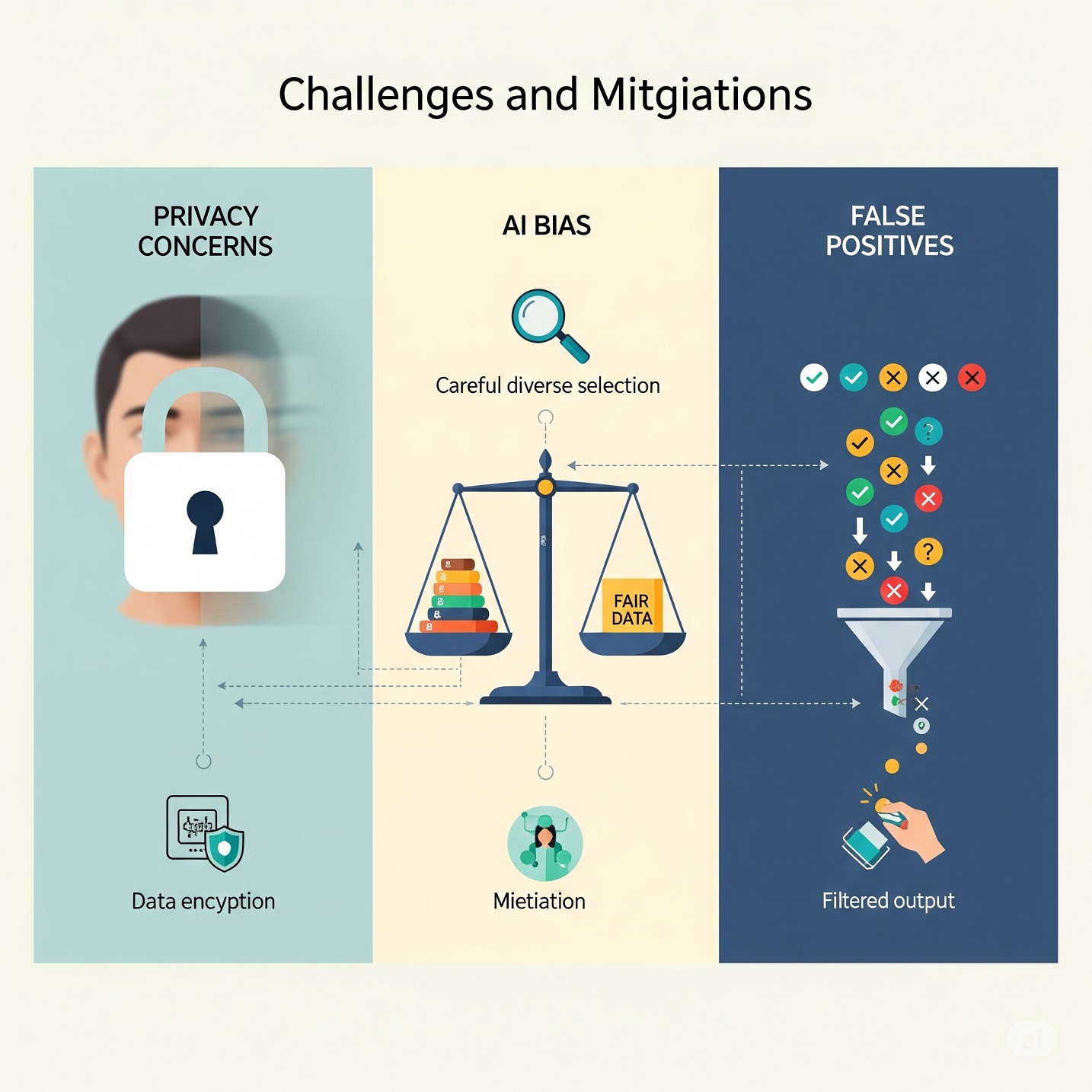
Privacy, fairness, and accuracy: GDPR-like privacy with anonymization, bias mitigation through diverse data and fairness algorithms, and reduced false positives via prison-specific fine-tuning.
Expected Outcomes
- 30-50% reduction in security incidents (inspired by India).
- Cost savings via automated monitoring (like Singapore).
- Scalable system for global adoption.

Significant security gains, cost savings, and scalable global deployment
Additional Service Offerings
- Smart Prisons: Closing the gap between smart-city innovations and their application in correctional facilities.
- Tackle Prison Contraband: Trial of new technology to tackle prison contraband.
- Guarding the Perimeter: Drone Detection and Neutralization in Prisons

Protect Your Correctional Facility From Drone Threats
References
- AI surveillance systems in China, Hong Kong, Singapore (2023 reports).
- UK Altcourse prison: Avigilon software (2022).
- India Punjab jails: AI CCTV deployment (2024).
Contact Me
Hadi Sadoghi Yazdi
AI and Data Specialist
Email: h-sadoghi@um.ac.ir
Phone: +98-51-38805117
Website: https://h-sadoghi.github.io/ | https://hadisadoghiyazdi1971.github.io/
